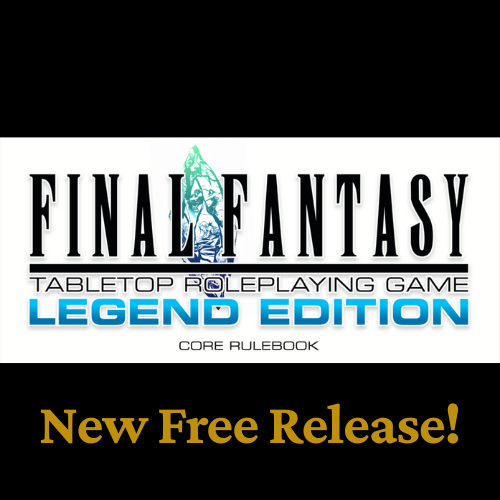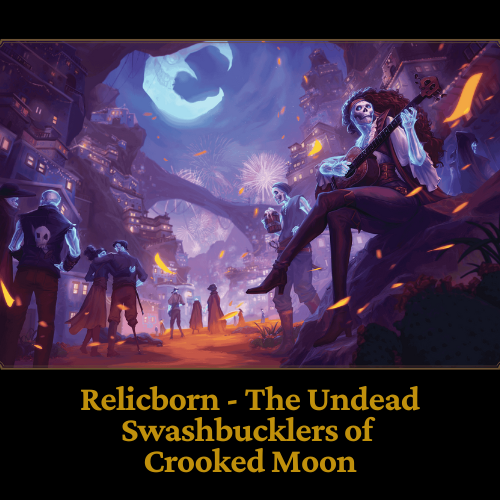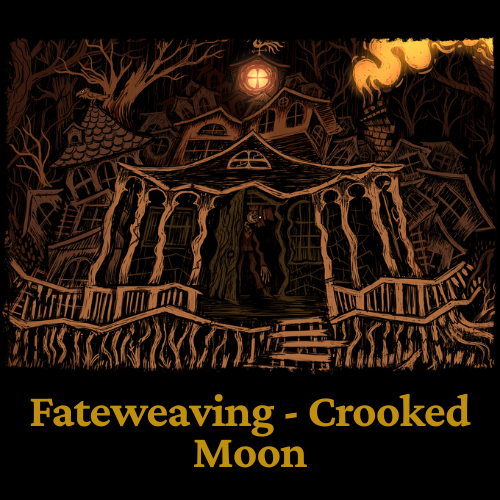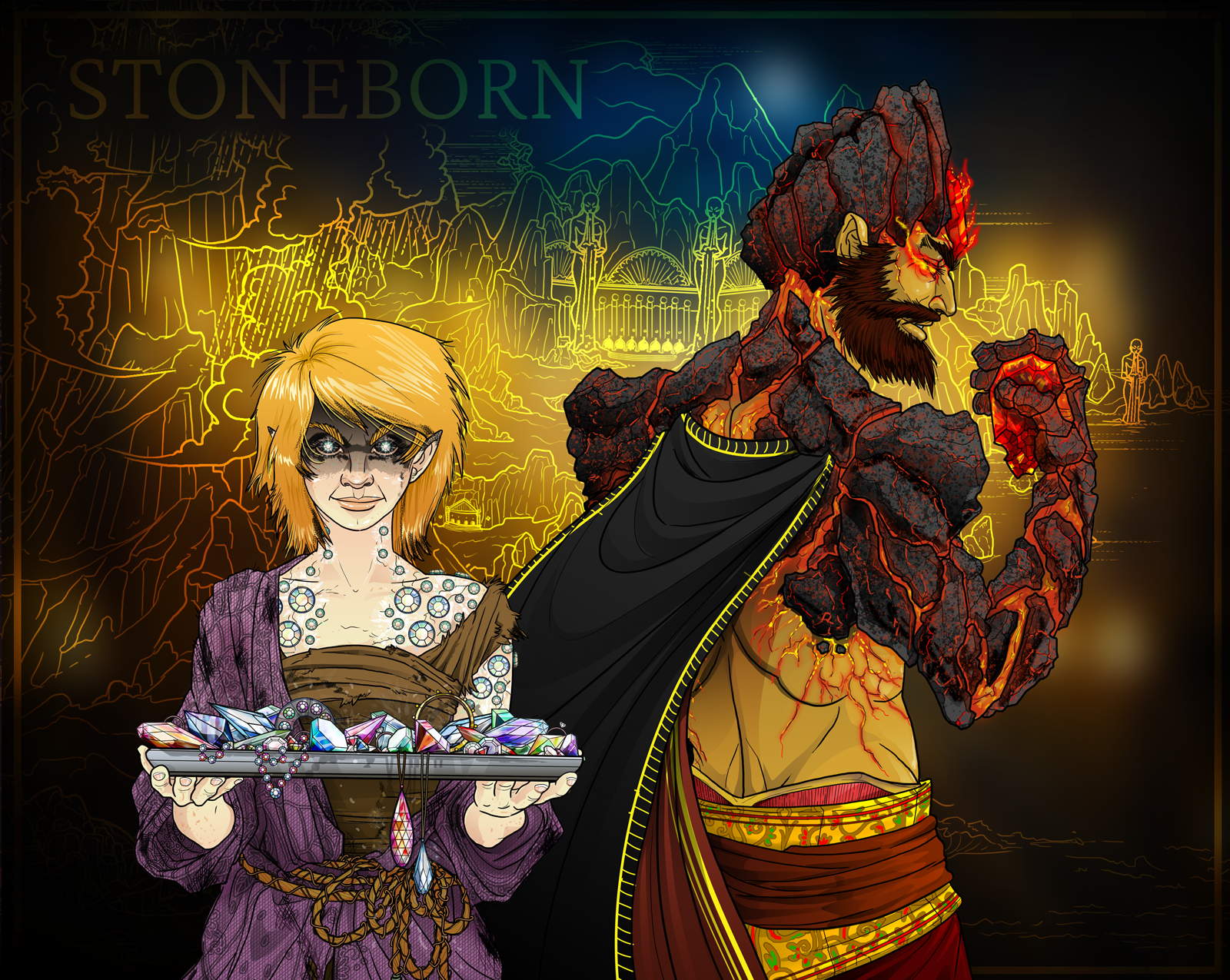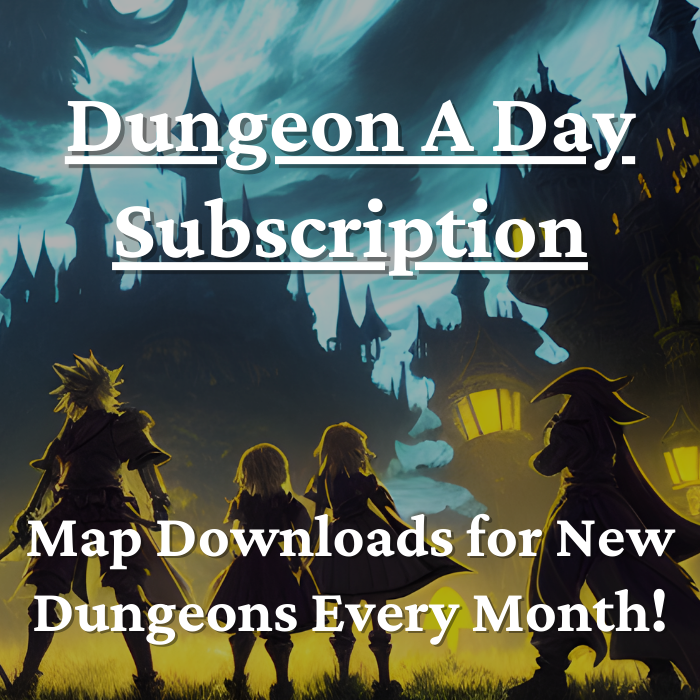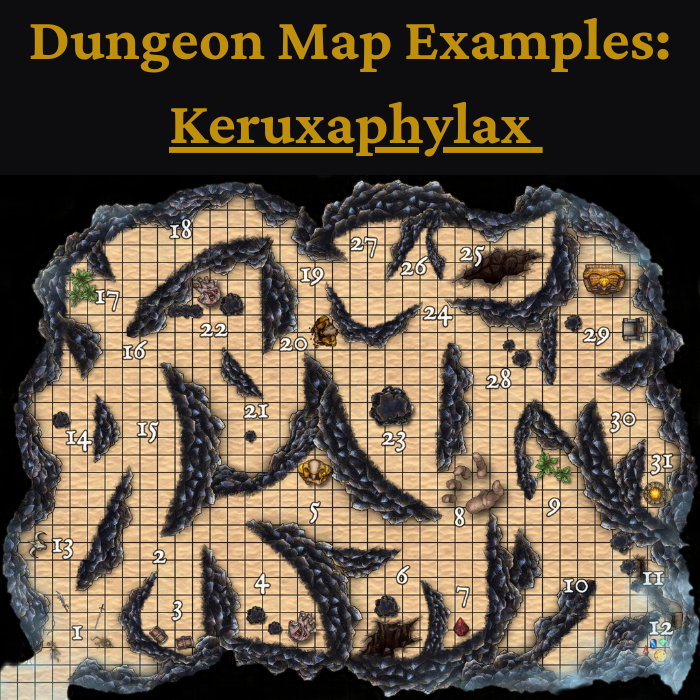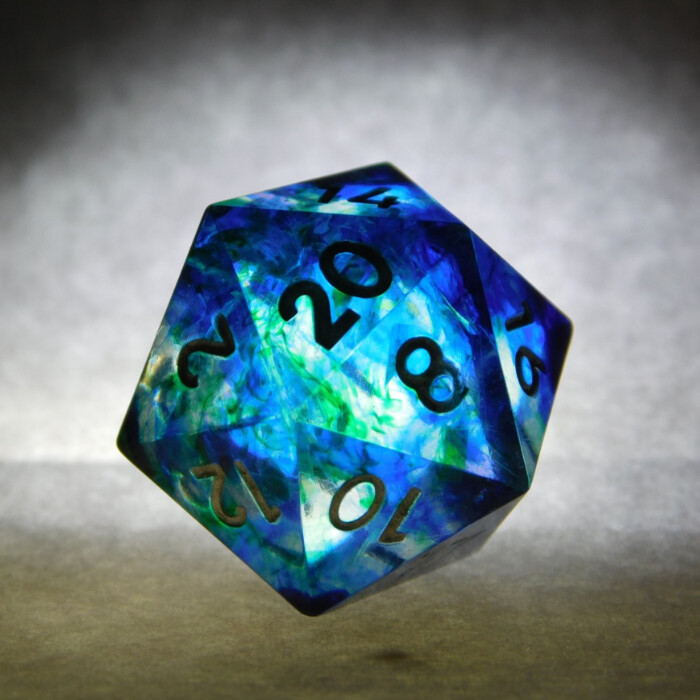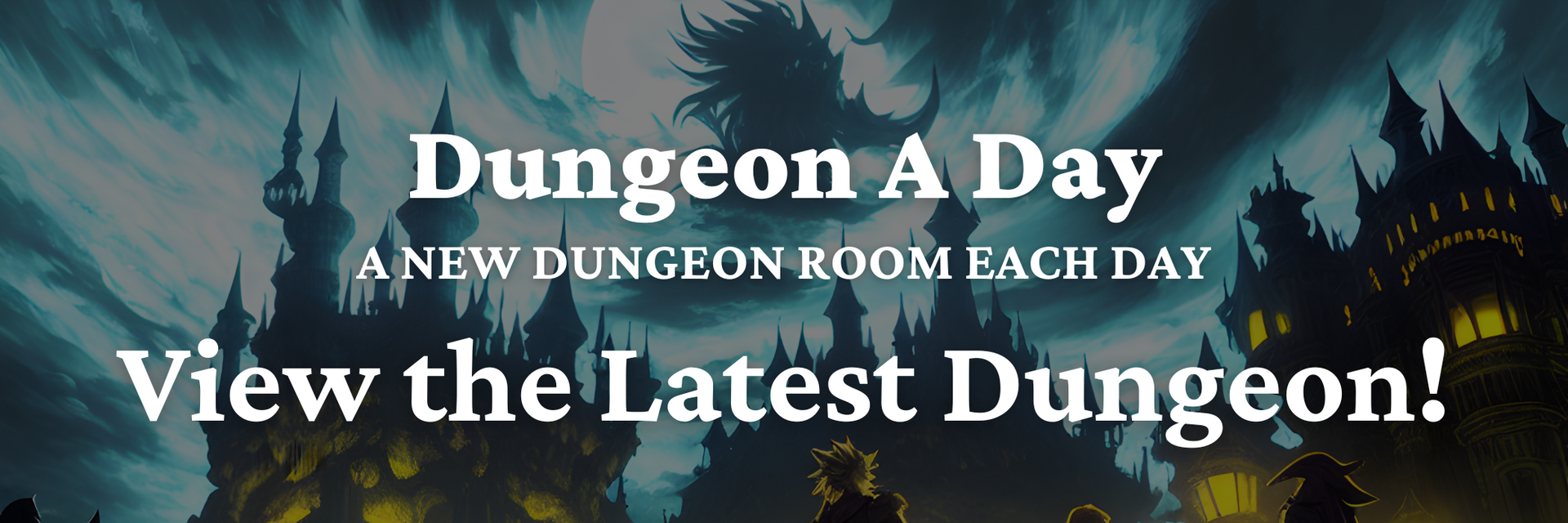Bless 5e: the Single Best 1st Level Spell in D&D
When playing Dungeons and Dragons, getting an extra oomph of power makes all the difference. While some players think Bless 5e is a little basic, the reality is it can be a powerful and valuable spell that should never be underestimated.
If used strategically, Bless can be potent, and can significantly increase your party’s chance of success. If you aren’t terribly familiar, let me tell you what Bless 5e does, and how to use it for greatest effect to give your team an edge.
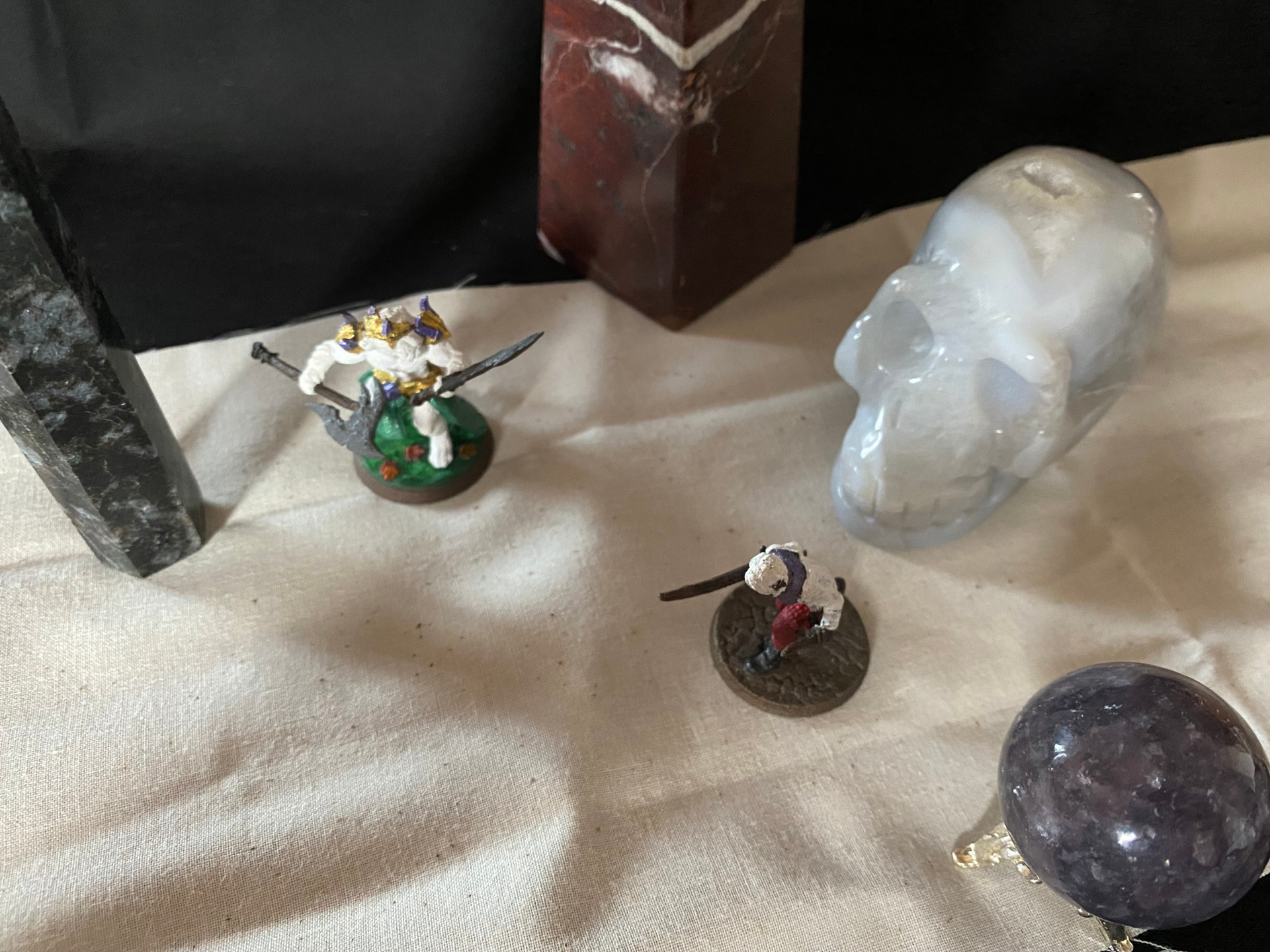
What Exactly Is Bless 5e?
According to the D&D Basic Rules, Bless is a first-level enchantment spell that affects up to three creatures of your choice that are within 30 feet of range. It takes one action to cast the spell, and Verbal, Somatic, and Material components must be used. The material component is some holy water, which you sprinkle before the target characters.
The targets of the spell gain a +1d4 bonus to attack rolls and saving throws. Its concentration effect lasts for one minute (10 rounds), giving your party a massive advantage in combat scenarios. When you cast Bless 5e using a 2nd-level slot or higher, you can cover an additional target character for every slot level above the first level.
Right off the bat, a +1d4 bonus to attack and saving rolls may not seem like much. However, when do a little math, that results in a 10% damage boost for your party, and 10% increased resistances to basically any attack that doesn’t go directly against armor class.
For a mere 1st level enchantment, Bless 5e provides some serious benefits.
With any TTRPG, having Bless-like effects are absolute game-changers, whether for a single combat encounter, or your ongoing RPG Campaign.
How Does Bless Work?
Bless is an excellent spell when your party needs an extra push in battle. It’s almost like having an invisible guardian angel by your side, granting you bonuses.
The only real downsides of Bless 5e is that it does require concentration. While concentrating on a spell, you cannot cast another spell that also requires concentration (such as Cause Fear 5e or others with ongoing effects). Additionally, while concentrating, if you take damage, you must make a concentration check to see if it interrupts your spell.
Does Bless Affect Damage Rolls?
Bless 5e does not directly affect damage rolls; it only affects attack rolls and saving throws. Of course, it would be nice if Bless also increased damage rolls, but just remember that for a single 1st level spell, you’re already increasing the hit chance for three allies.
Is Bless a Bonus Action?
No, Bless 5e is not a Bonus Action. It requires one action to cast, and the effect lasts 10 rounds or one minute, so long as you remain concentrating on the spell. It’s probably best to cast Bless at the start of a battle, so that your party gains the full benefit for every attack and saving throw they make, throughout.
Does Bless Affect Death Saving Throws?
Yes, Bless 5e does affect death saving throws, which the Player’s Handbook defines as a “special saving throw” that isn’t linked to any ability score. When a character is reduced to 0 hit points, they must make death-saving throws as their last chance to survive, and this means that Bless gives players an extra chance at surviving when they are near death.
I actually increased my own valuation of Bless when I realized that its +1d4 value applied to death saving throws, as keeping allies alive is obviously a major deal. Honestly, by itself, Bless can help prevent a TPK.
What Classes Can Use Bless or Related Effects?
Bless is essentially a Cleric spell, but Paladins, being holy warriors, also have access to the spell. Bards may also use Bless if they have the Magical Secrets ability at 10th level, or if they are Bards of the College of Lore at 6th level. Additionally, even Sorcerers that have the Divine Soul origin can cast Bless 5e, making it one of the most widely-accessible buffs in D&D.
Bless vs. Bane
Bless and Bane are two very similar spells with opposite effects, but virtually identical results. While Bless grants a +1d4 bonus to attack rolls and saving throws, Bane inflicts a -1d4 penalty on attack rolls and saving throws.
While Bless is typically available to Clerics and Paladins, Bane is usually available to Clerics and Bards, and is also accessible to Divine Soul Sorcerers.
If you want to focus on assisting your party, then Bless is the better option, and it will help your party members hit more often and succeed in saving throws. On the other hand, if you want to debuff your opponents, Bane is an excellent choice to stop your opponent’s attacks and weaken their saving throws.
Your party will immensely benefit if you have characters in your party who can cast both Bless and Bane. This way, you can cast Bless to give your party an extra boost and Bane to damage your enemies as needed!
How Can You Optimize Casting Bless?
The best way to optimize Bless 5e is to cast it on targets already proficient with a weapon or skill. Since the spell grants a +1d4 bonus to attack, if the spell’s target has proficiency in their weapon, they’re basically getting a multiplier to their damage.
When it comes to D&D, you want to find situations where you can multiply your results, and negate enemy actions. So, you should cast Bless on the people in your party who already do the most damage. That way, you’re adding a 10% multiplier to a higher base value.
Additionally, it’s very valuable to give Bless defensively to people in your adventuring group who have particularly weak saving throws against whatever enemy you’re fighting. Thinking about a 10% bonus per turn is definitely nice, but what if that extra +1d4 roll actually stops one of your allies from having Charm Person 5e cast on them? If you can prevent even a single major spell effect on someone, then Bless more than pays for itself.
Scenarios Where Bless May Be Most Beneficial
Bless is overall one of the most powerful buffs in D&D, but here are some specific scenarios where you can maximize its effect to gain an upper hand:
- Using multiple attacks: if your party has a creature that can attack multiple times (e.g., a fighter with various attack actions), Bless gives them more chances to land attacks. This takes full advantage of the “multiplication” idea, as you’re actually giving your ally +1d4 multiple times per round (once for each attack they make).
- Amplifying spell attacks: similar to physical attacks, Bless also gives its damage bonus to spell attacks. If you’re allied with a warlock or a wizard that can cast spells that deal incredible damage (such as Meteor Swarm), giving them Bless can significantly increase the level of devastation.
- Attacking with a penalty: attack penalty refers to the disadvantage mechanic when attacking at a range or in different light conditions (e.g., dim light). If your party faces a monster under such circumstances, Bless can compensate for this penalty and increase the chances of landing an attack.
Can a Character Cast Bless on Themselves?
Yes. Generally, it’s possible to cast Bless on your own character. The Player’s Handbook states that most spells that “target a creature” can be cast on yourself, as long as it’s not indicated otherwise in the spell description. Some spells might require a unique condition to be cast, so be cautious of those details.
As stated in the Bless spell, you can cast up to three creatures within a 30 feet range. By all technicalities, you’ll always be within that 30 feet range, so casting Bless on yourself is basically a given.
Can You Bless Twice in 5e?
Sadly, casting Bless twice on the same creature, to give then +2d4 to their attack and saving throw rolls, is impossible. For example, if you (a Paladin) cast Bless on a fighter and your ally (a Cleric) both cast Bless on the same creature, the effects of the spells won’t overlap. Instead, the spell with the highest bonus will apply, and the other will be canceled.
As stated in the spell’s description, you can bless up to three creatures (including yourself) within a 30 feet range. You can also expand the number of target creatures affected by your spell by using higher-level spell slots. But even higher-level spells do not allow for stacking Bless effects.
D&D Takeaways
Bless 5E is an indispensable spell for a party in a combat situation. It can give your team the extra edge you need to outwit and outplay your opponents, making it an invaluable asset. Whether it’s a battle against a mighty enemy or trying to succeed at an essential task, Bless can tip the odds in your favor.
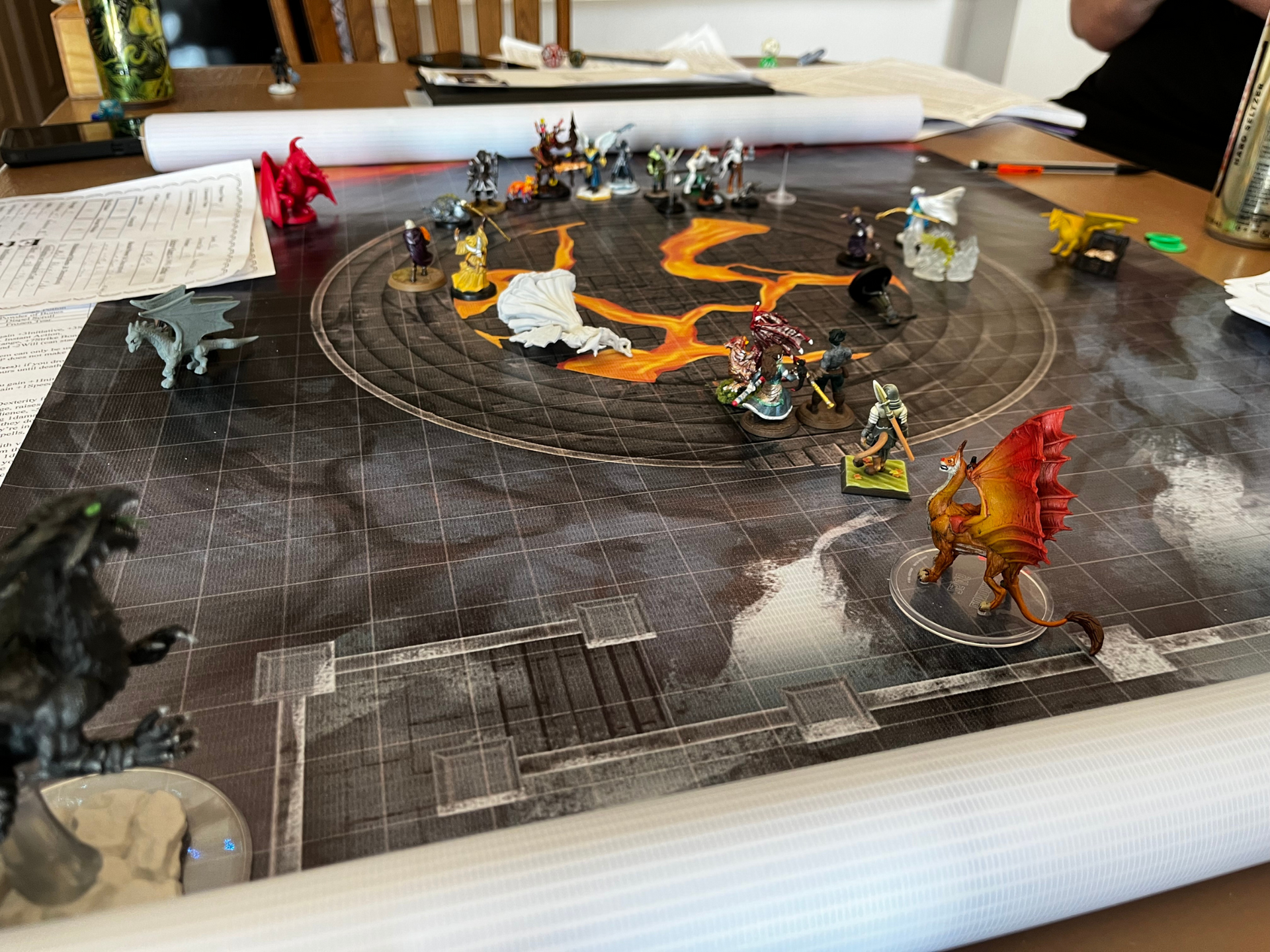
Bless in D&D 5e vs. Eternity TTRPG
Obviously, there are many ongoing buff-type effects in D&D, with Bless simply being one of the most iconic (and best). It’s such a useful spell precisely because it provides a significant bonus to attack and defense, and even does so for multiple members in an adventuring party.
In the Eternity TTRPG Game System, there are also many concentrate-like spell and ability effects that provide similar attack and/ or defense buffs.
Before getting into specific spells and abilities, the biggest difference between D&D and the Eternity TTRPG game system is that in D&D, a spell caster can only “concentrate” on one spell at a time. In Eternity TTRPG, each character has both “Inspiration” and “Intelligence” stats which can be used to maintain buffs on allies and debuffs on enemies (respectively), as a concentrated spell might function, except that the only limit to the number of maintained spells and effects is the character’s stat values.
What Classes in Eternity TTRPG can Use Bless-Like Effects?
Of the 30 classes in Eternity TTRPG, basically every single one of them has access to a maintained spell or ability that can boost their own attack or defense, at least to some degree.
Of those 30 classes, 10 of them (with some overlap from the healing classes from my Cure Wounds 5e article) have spells or abilities that also aim at increasing party members’ combat abilities:
- Alchemist
- Archon
- Cryomancer
- Dread Priest
- Lancer
- Legionnaire
- Nether Knight
- Oracle
- Pyromancer
- Sage
Since there are too many Bless-like spells and abilities in the game to list, here’s a sample of some of the game’s most iconic core class buff effects.
Archon – Core Class Spell
Haste (Magic): 4Range, after this spell has been cast, on every one of the target’s turns, roll d20. If they roll 18-20, the target gets to take an additional 1 Action on their turn. An Action triggered from “Haste” cannot trigger another Action from “Haste.” Targets may not use any Wisdom during an Action gained from “Haste.” You can instead choose to continually maintain this spell for 3Inspiration, per target.
- (Zenith) Whenever your target gets an additional Action from “Haste,” they also heal +1Wisdom. This critical allows affected targets to heal 1Wisdom above their normal max Wisdom. You can instead choose to continually maintain this critical for 5Inspiration (and 0Wisdom), per target.
- (Spells of True Weaving) Roll 15-20. You can instead choose to continually maintain this critical for 6Inspiration (and 0Wisdom), per target.
- (Chrono Mage) Also, up to 3 enemies in 4Range of your target, roll your +7Faith vs. Resilience. If this critical hits, on every one of each affected enemy’s turns, roll d20. If you roll 20, that target loses their turn. If the enemy is already affected by or becomes affected by “Slow,” this effect instead allows you to roll 1 lower to hit with that spell. This critical effect cannot Double-Hit or give a Block. You can instead choose to continually maintain this critical for 2Intelligence (plus the base 3Inspiration, and 0Wisdom), per target.
Cryomancer – Core Class Spell
Ice Augmentation (Magic): augment your own or an ally’s weapon in 4Range. Whenever the augmented weapon hits a target, roll your +7Faith vs. the target’s Resilience, gives -3Initiative (can stack to -6Initiative after two applications – gives -6Initiative against pyromancers). “Ice Augmentation” cannot Double-Hit or give a Block. You can instead choose to continually maintain this spell for 3Inspiration, per target.
- (Frost Knight) Your ally also gains immunity to all damage and negative effects the next time they are attacked. This effect also Fatigues the target, giving -1Resilience, -1Dodge, and -1Will for 1Day Duration (can stack without limit).
- (Spells of Everwinter) Instant Action. When you use this critical, you can’t use any more Wisdom this turn. 1turn Recharge.
- (Elemental Ice) Gives -6Initiative You can instead choose to continually maintain this critical for 6Inspiration (and 0Wisdom), per target.
Lancer – Core Class Ability
Valiance: 4Range, after this ability has been used, the target gains +3Inspiration, also allowing them to Instantly maintain any additional spell or ability that the additional Inspiration allows them to use.
- (Mounted Advantage) Move up to your Speed value before or after using this ability. You can also move up to 4Speed before or after using this ability, for Battle Duration.
- (Elite Knight) Your target also gains either +3Strike Bonus or +3Faith, at their choice.
- (Armored Warfare) Gives +6Inspiration.
Legionnaire – Core Class Ability
Superiority: up to 3 allies in 4Range, each move your respective Speed values -2 (rounded down). You (but not allies) can instead choose to move 2 spaces (regardless of current Speed value), if you prefer. 3turn Recharge.
- (Bringer of Balance) Speed value.
- (Art of War) All affected allies also gain +7Initiative for 1turn.
- (Blade Disciple) You can also only use this critical if you have “War Tactics” selected and it is not on Recharge. All affected allies also use a non-critical “War Tactics” in the same turn. When you use this critical, you can’t use any more Wisdom this turn.
Oracle – Core Class Spell
Premonition (Magic): 4Range, the target gains +20Resilience, +20Dodge, and +20Will for 1turn. Starting the turn after this effect fades, this effect then Fatigues the target, giving -1Resilience, -1Dodge, and -1Will for 1Day Duration (can stack without limit). You can cast this spell twice per Battle before it goes on a Battle Recharge.
- (Blessings of the Eternals of Light) 2turns. This effect also Fatigues the target, giving -2Resilience, -2Dodge, and -2Will for 1Day Duration (can stack without limit).
- (Blessings of the Eternals of Shadow) The next enemy who attacks your target, roll +7Faith vs. Resilience, they have -7Strike Bonus and -7Faith for the next two (2) attacks, spells, or abilities that they use. This critical effect cannot Double-Hit or give a Block.
- (Memories of Eternity) You can also only use this critical if you have “Omen” selected. You also cast a non-critical “Omen” in the same turn. When you use this critical, you can’t use any more Wisdom this turn.
Pyromancer – Core Class Spell
Fire Augmentation (Magic): augment your own or an ally’s weapon in 4Range. Whenever the augmented weapon hits a target, roll your +7Faith vs. the target’s Will. If this spell hits, on every one of the target’s turns, roll d20. If you roll 18-20, they take 1damage (can stack to 15-20 after two applications – deals 2damage to cryomancers). “Fire Augmentation” cannot Double-Hit or give a Block. You can instead choose to continually maintain this spell for 3Inspiration, per target.
- (Flames of the Abyss) Roll 15-20. You can instead choose to continually maintain this critical for 6Inspiration, per target.
- (Magic of the Silver Lands) The target also gains +3Initiative. You can instead choose to continually maintain this critical for 6Inspiration, per target.
- (Elemental Fire) Instant Action. When you use this critical, you can’t use any more Wisdom this turn. 1turn Recharge.

Counters to Buff Effects in Eternity TTRPG
Of course, buff effects are not without its counters. Here are a number of counters that your enemies may have against your party’s buff effects, or ways that you can deal with effects that they’re maintaining against you:
Greater Dispel (Magic): 4Range, Faith vs. Resilience, removes all stacks of one ongoing Magic, maintained effect, or status effect from the target (excluding summons), at your choice. Or alternatively, 4Range, +5Faith vs. Resilience, deals 1damage to a summoned unit.
This spell is cast on any target you’d like, but the roll is made against the character who cast the spell or used the ability
you are attempting to remove, unless the target is a summon.
(Double-Hit): removes all stacks of 2 ongoing Magic or maintained effects (excluding summons). Or alternatively, if cast at a summon, deals an additional 1damage to the summoned unit.
Essence of Magic (3 Uses): 6Range, Strike Bonus vs. Resilience, or Faith vs. Resilience, Silences the target for 3turns. This item cannot Double-Hit or give a Block.
*Essence of Magic can interrupt magically-maintained effects, such as “Haste” or “Fire Augmentation,” above, but do not have effect on maintained abilities (non-magical effects).
Curious about the Eternity TTRPG Game System?
I’ve always loved D&D, and played quite a bit back in 3.5th edition. D&D has inspired me in so many ways, including creating my own tabletop RPG: the Eternity TTRPG Game System.
Eternity TTRPG has many of the classical RPG elements you’d expect from any game of its kind, but it also features GM-Less gaming (or more like, multiple game masters), and has what I believe to be really fantastic strategic and tactical combat encounters.
If you're curious about trying out a new TTRPG, check out the Eternity TTRPG Game System. You can learn how the game's played, see races, classes, and a host of resources for getting started.
Already interested in the game, based on what you've read? Pick up an inexpensive PDF copy at the Eternity TTRPG shop. Eternity is a growing company, so your support is greatly appreciated! Let me know what you think of the game, and happy gaming.
Dice, Dungeons, Games & More - Eternity TTRPG
Share This Article

Author - Jacob Tegtman
Dear reader, I hope you enjoyed this article. Tabletop gaming has been a passion of mine since I was 6 years old. I've played just about every game from Dungeons and Dragons to video games like Final Fantasy. These games have inspired me, made me laugh, made me cry, and brought me endless hours of enjoyment.
I started Eternity TTRPG - and the indie tabletop game that goes along with it (Eternity Shop) - to share my love of gaming with others. I believe that in our technology-driven age, tabletop games help bring a sense of magic and community back into our world.
If you love the site, please share it with others! I have lots of gaming-related material for you to peruse and use in your own gaming sessions. If you have any questions about the site or want to contribute, just send me a message using the "Contact" page, which you can find in the site's footer.
